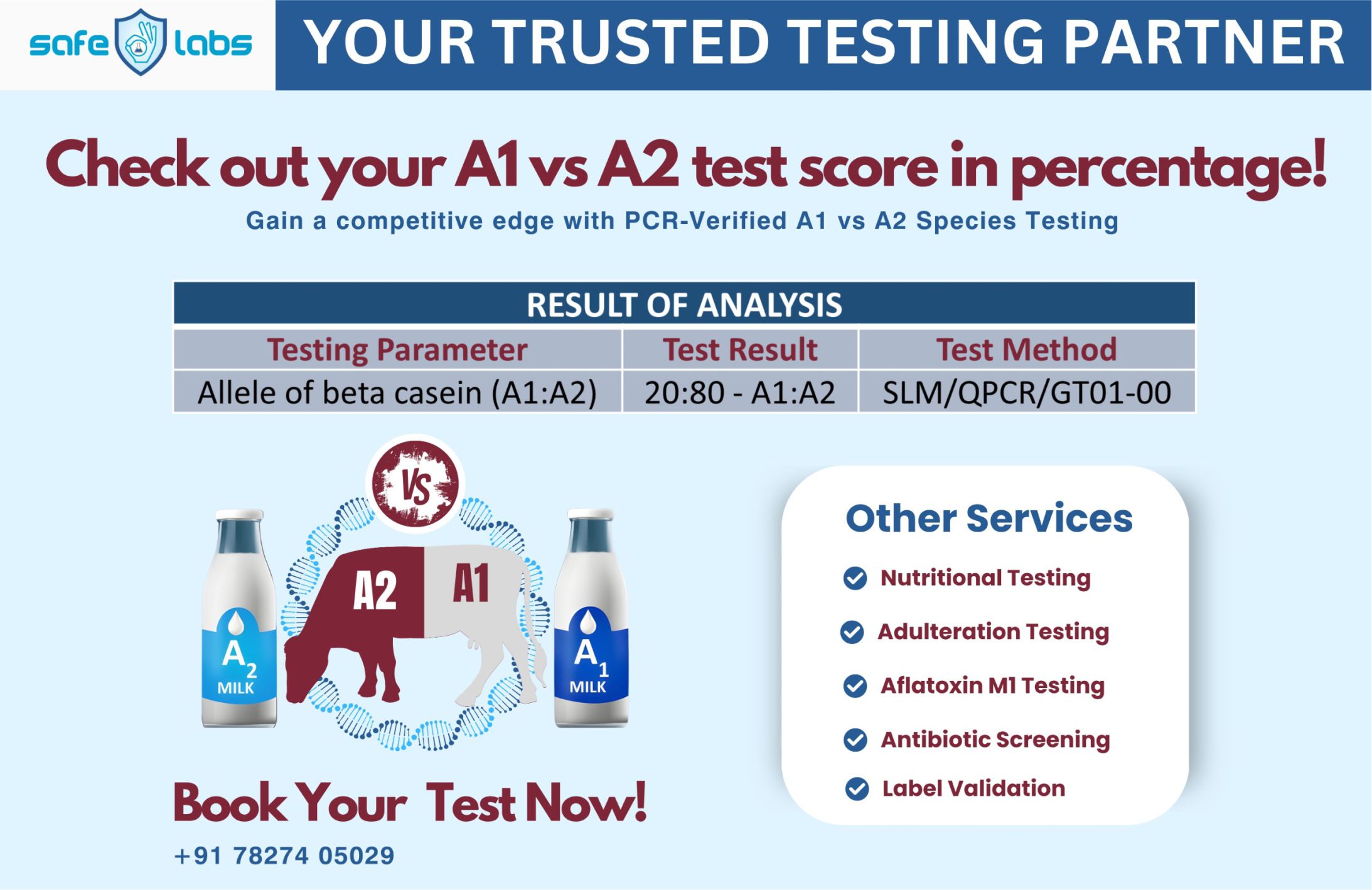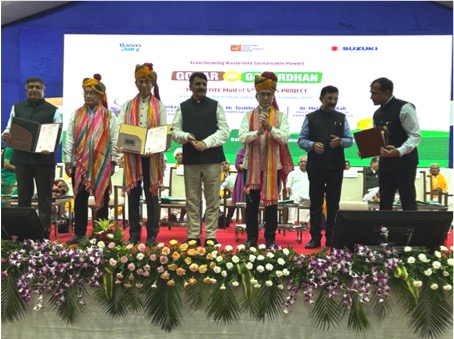Milk and dairy product adulteration came into global concern after breakthrough of melamine contamination in Chinese infant milk products in 2008. However, history of milk adulteration is very old. Swill milk scandal has been reported in 1850 which killed 8000 infants in New York alone. Milk is considered to be the ‘ideal food’ because of its abundant nutrients required by both infants and adults. It is one of the best sources for protein, fat, carbohydrate, vitamin and minerals. Unfortunately, milk is being very easily adulterated throughout the world. Possible reasons behind it may include- demand and supply gap, perishable nature of milk, low purchasing capability of customer and lack of suitable detection tests.
Food Frauds
The motivation for food fraud is economic, but the impact is a real public health concern. The situation is significantly worse in developing and underdeveloped countries due to the absence of adequate monitoring and lack of proper law enforcement. Qualitative detection of adulterants in milk can be easily performed with chemical reactions while quantitative detections are complex and diverse. Milk powder is the second most likely food item being in the risk of adulteration after olive oil. Adulterants in milk mainly include addition of vegetable protein, milk from different species, addition of whey and watering which are known as economically motivated adulteration. These adulterations do not pose any severe health risk. However, some adulterants are too harmful to be overlooked. Some of the major adulterants in milk having serious adverse health effect are urea, formalin, detergents, ammonium sulphate, boric acid, caustic soda, benzoic acid, salicylic acid, hydrogen peroxide, sugars and melamine.
Impact of adulteration in milk
Common parameters that are checked to evaluate milk quality are- fat percentage, SNF (Solid-not-Fat) percentage, protein content and freezing point. Adulterants are added in milk to increase these parameters, thereby increasing the milk quality in dishonest way. For example, cane sugar, starch, sulfate salts, urea and common salts are added to increase solid-not-fat. Unfortunately, some of the adulterants have severe health impact, sometimes in the long run. The ingestion of melamine at levels above the safety limit can induce renal failure and death in infants. Both peroxides and detergents in milk can cause gastro-intestinal complications, which can lead to gastritis and inflammation of the intestine.
Excessive starch in the milk can cause diarrohea due to the effects of undigested starch in colon, however, accumulated starch in the body may prove very fatal for diabetic patients. Urea in milk overburdens the kidneys as they have to filter out more urea content from the body. In addition, carbonate and bicarbonates might cause disruption in hormone signaling that regulate development and reproduction.
India is largest producer of milk
India is one of the world’s largest producers of milk, estimated at 165.40 million metric tonnes in 2016-17. The annual demand for milk by 2022 is estimated to be 210-220 million metric tonnes. The World Health Organization gave the Government of India an advisory warning, stating that without adequate tracking of milk adulteration, 87 percent of citizens could be at risk of developing serious diseases, such as cancer, by the year 2025.Health concerns surrounding milk consumption have increased in recent times. In France, an investigation of the death and illness of multiple children linked raw dairy consumption with disease outbreaks.
One report projects that the risks of heart disease and breast cancer associated with dairy could cause the dairy alternatives market to grow. Over 68 per cent of milk in the India does not conform to the standards set by the Food Safety and Standards Authority of India (FSSAI), the Centre has told the Supreme Court on a plea for checking sale of synthetic and adulterated milk and various dairy products some time back. More than two-thirds of milk and milk products sold in India do not meet the standards set by the Food Safety and Standards Authority of India (FSSAI).
The Delhi High Court had protected five companies selling plant-based milk products, such as almond and oats milk, from any coercive steps pursuant to FSSAI orders directing action against them, including de-listing by e-commerce food business operators, if they used “dairy terms” for their goods.
Initiatives by FSSAI
In the two orders under challenge, issued on July 15 and September 1, the Food Safety and Standards Authority of India (FSSAI) has ordered all e-commerce food business operators to de-list plant-based milk and other dairy-free products from their platform if they use any dairy terms, such like milk, butter, cheese, as well as directed its enforcement officers to take action against such manufacturers.Long-term exposure to aflatoxin M1 can cause cancer and presence of antibiotics in foods has linkages to antimicrobial resistance (AMR), a global public health threat, it is important that a correct message about milk safety should have been communicated to the public.
This is particularly important as milk is a staple in most Indian households, especially those with children. Antibiotics in milk are a big concern as out of the three contaminants, antibiotic residues in milk can be attributed to their deliberate use in dairy production. Antibiotic residues in milk from across the country are a big concern. To contain antibiotic resistance, antibiotics must not be allowed to be misused in the dairy sector. They should not be used for non-therapeutic purpose and those which are critically important for humans should be regulated..
Nowadays milk is being adulterated in more sophisticated ways that demands for cutting edge research for the detection of the adulterants. Although financial gain is considered to be one of the major reasons for milk adulteration, inadequate supply for the increasing population all over the world has paved the ground for this as well.
The way forward
This problem is more acute in the developing and under developed countries due to lack of adequate monitoring and law enforcement. Existing common detection techniques are not always convenient and accessible in these countries making it difficult to address the diverse ways of fraudulent adulteration in milk. This calls for combined efforts from scientific communities and the regulatory authorities through the development, implementation and dissemination of better techniques for the detection of milk adulteration. In addition, awareness and access to information can play vital role in these regions to overcome this issue. Some of these easy detection methods at the consumer level and state of the art techniques at the authority level can bring this problem to an end for the victims, including millions of children in the developing countries.
Source : Dailyexcelsior Oct 4th 2021 written by Dr Mandeep Singh Azad, Dr Preeti (The authors are animal scientist
at SKUAST Jammu and Dairy Engineer at PAU, Ludhiana)






























